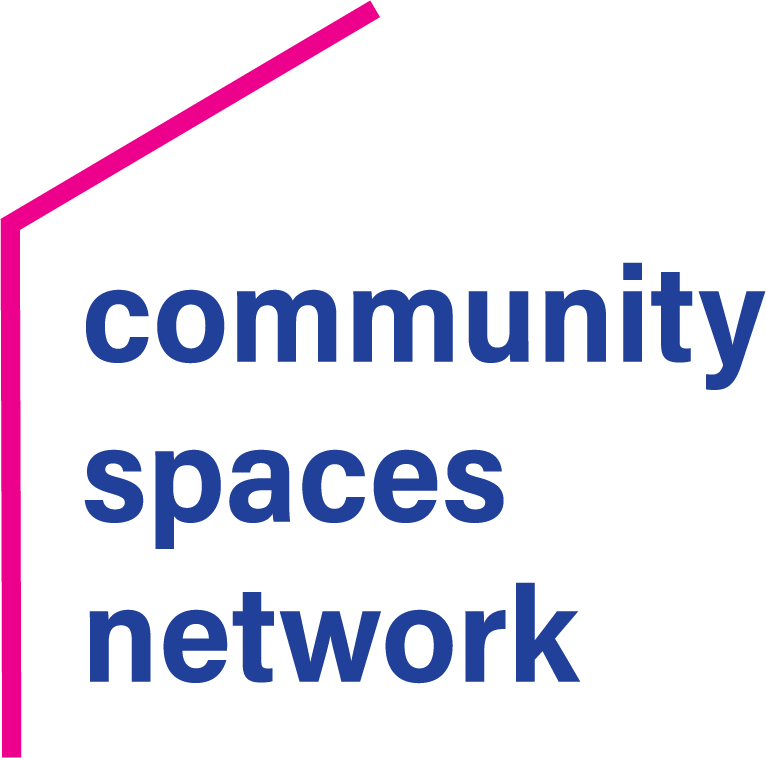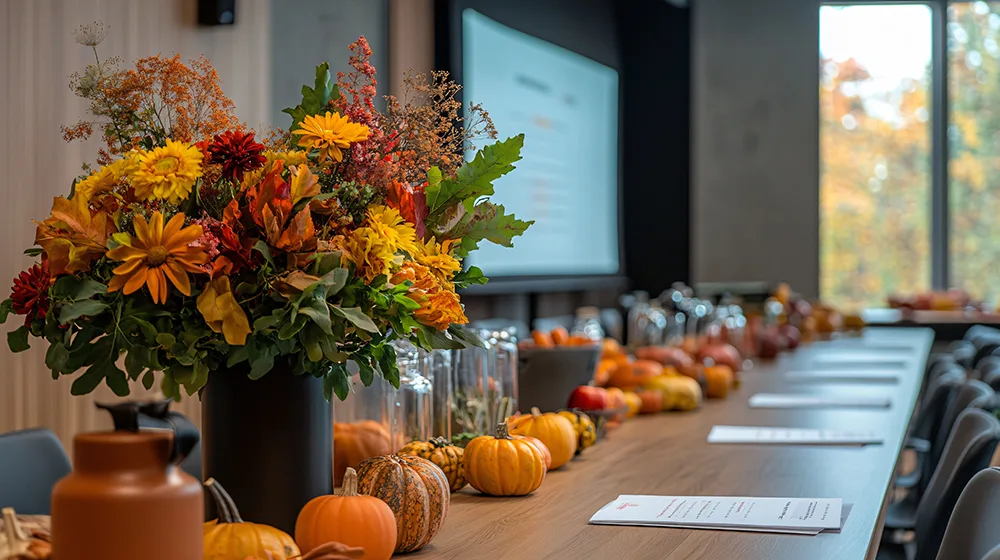Fall is my favorite time of year. I’m lucky enough to be able to enjoy the New England displays of autumnal color from home. Fall is also conference season, and I just returned from the annual Reclaiming Vacant Properties conference put on by the Center for Community Progress.
This energizing event was filled with ‘our people’, folks who get the power of place and are actively working to improve their neighborhoods. I’ve witnessed first-hand the impact of abandonment that often accompanies significant population decreases in rustbelt and other cities. Indeed, the host city for the conference, St. Louis, MO, has some of the highest rates of vacant homes with close to 50% in the neighborhoods north of the famed Delmar Divide.
The stories behind this abandonment and resulting blight are fairly consistent; “white flight”, redlining and losses of large eemployers. What we don’t often consider are the cascading effects of vacancy. Declining or stagnant property values mean that homeownership doesn’t have the same generational wealth building effect in black and brown neighborhoods as it does in white neighborhoods. While property taxes are extremely regressive (have an outsized burden on lower income folks) they are insufficient to fund local schools.
While there are plenty of people wanting to come back to these neighborhoods, the path to reoccupying abandoned homes and businesses face many challenges. Properties may be being held speculatively by non-resident investors or be subject to a “tangled title” where an owner has died without a will in place and multiple heirs need to be tracked down.
Luckily, there are committed social entrepreneurs devising solutions to these problems creating and leveraging legal, volunteer and sweat-equity tools. While these solutions are inspiring, they may not be enough to stay ahead of current abandonment. What’s needed is to scale these efforts. What’s missing is the working capital needed to support a process that often takes three years between clearing title and completing renovation and re-occupancy. Such lines of credit either don’t exist or are inaccessible to grassroots nonprofits doing this important work. What a great opportunity for local philanthropy to show up with mission and program related investments or for CDFIs to create loan products to support this need.

